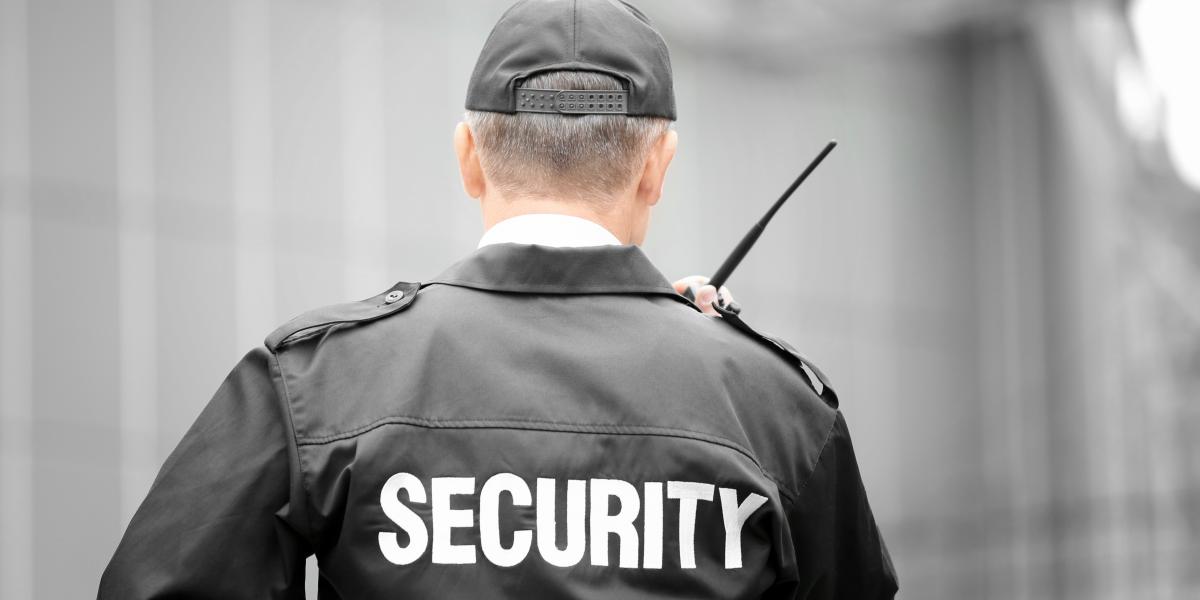Shoppers are looking for ways to score the best deal to fight the impact of rising and fluctuating prices on their budgets. With fierce competition among retailers, some stores promote their price-matching policies as a method to help shoppers save. Stores grab consumer dollars early, and, in return, promise to match their own prices — or sometimes a competitor’s price — for many items.
But every store’s price-matching policy is different, and not all offer one (Amazon is a prime example). Some retailers have a list of exclusions, including certain products, services and sale periods, such as the week of Thanksgiving.
All this red tape makes taking advantage of these policies extra challenging, especially during the holidays when shoppers are buying more than usual. Here are some tips to help cut through the confusion and decide if price matching is a good shopping strategy for you this holiday season.
What is price matching?
The premise of price matching is to provide peace of mind to early shoppers: If the price drops, they can get the difference back into their pockets.
Shoppers typically use price matching in two ways: in-store during purchase or after the fact either in-store or online. In the first scenario, a shopper finds a lower price and provides proof at the register, where the lower price is matched on the spot. In the second, a shopper makes a purchase but finds a lower price in the following days or weeks and must go to the store or online to seek a price adjustment. This post-purchase scenario happens more frequently, according to Priceva, an IT company that offers a price monitoring service for retailers.
Who has price-matching policies?
Typically only major retailers, such as Best Buy, Target and Walmart, offer price-matching policies for shoppers. Smaller businesses are less likely to offer these policies. The best way to find out if a store has a price-match policy is to search online for the store name plus “price match policy.”
How to qualify for price matching
To qualify, you’ll need your original receipt and proof of a lower price, such as an advertisement from that retailer or from an eligible competitor.
These additional guidelines are commonly found in price-matching policies at major retailers:
-
Item must match exactly, down to the size, model number and color. You’re out of luck if you want to price match the red tricycle you bought for your kid this holiday season and only the green one is in stock.
-
Product must be in stock and available at the time of request. Your item must be ready for shipping or pickup to qualify.
-
Item must have been purchased from eligible competitors. It’s not always obvious which companies retailers see as their competitors, but many offer a list online.
-
Price-matching request must be made within a limited window of time. Some retailers offer a two-week window while others are more generous.
-
Number of items eligible for price matching may be limited. The restrictions might include the number of items that can be price adjusted at once or in total.
Tips to make price matching smoother
Here are some strategies to set yourself up for price-matching success:
Use apps to research prices before you shop
Don’t rely on price-matching policies to save you money. Instead, be a proactive shopper and do your research before you buy, says Trae Bodge, a smart-shopping expert who runs TrueTrae, a website for consumers looking to save money. Doing research on “the historical pricing of that item” can give you a sense of its typical price and whether you’re getting a good deal, she says.
Bodge suggests using apps or browser extensions to be a proactive shopper. For example, with PayPal Honey, you can add an item to your Droplist to track the price and be alerted if it falls below a threshold you’ve set. “If Droplist detects a price drop after a shopper has made a purchase, they may be eligible for a price adjustment, and every opportunity to save is meaningful this holiday season,” Greg Lisiewski, vice president of PayPal Shopping, said in an email.
Familiarize yourself with policies from a few stores and shop there
Price-matching policies work best for people who tend to shop at the same few stores. It’s much easier to get to know the ins and outs of a few store policies than to keep track of a long list.
How you choose those stores could depend on whether you have a store credit card or rewards card that gives you extra savings perks, or if you tend to shop at stores that are close to home. Either way, Bodge suggests getting comfortable with the store’s policy so you “have some recourse and know what that process looks like” if you find a lower price later.
Price-matching requests are also likely to be more successful at the original purchase location. Retailers will usually honor their store prices, so long as they fall within the designated time window. And while they’ll likely match their online prices, too, many won’t match the prices at their other store locations.
Be organized with receipts
This might seem obvious, but finding a safe place to keep all your receipts so you can find them later is crucial. All retailers require an original receipt, so if you can’t find it, you’re out of luck.
Price match only for big-ticket items
If an item is $25 or less, skip the price matching, Bodge advises. More expensive items could lead to larger savings.
Get a price match through your credit card
Sometimes you can avoid retailers altogether and get a price match through your credit card. Although price protection is becoming a less common feature of major credit cards, check with your issuer to see if the one in your wallet offers it.







































